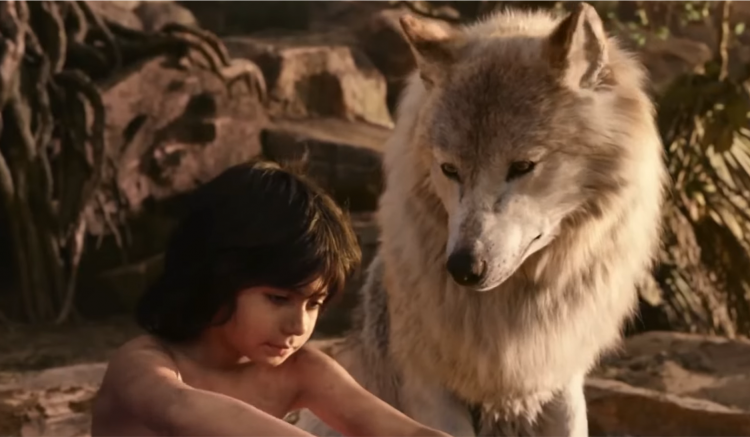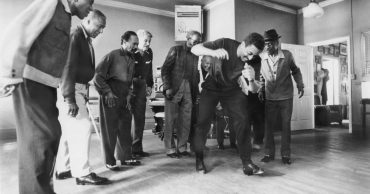
credit: The Jungle Book (2016)
The Jungle Book is an American film released in April 2016. It was set in India, and some of the characters had Indian-sounding names. It followed the story of a boy named Mowgli, who was raised in a jungle by a pack of wolves and a panther, similar to how jungle animals raised Tarzan. He was shown to be trying to adapt to the wolf lifestyle and struggling to be one, as he was biologically incapable of doing what the wolves do. For example, he could not run fast because of his short legs. This made the wolf leader, Akera, find him difficult to train in the ways of the wolves.
The boy found himself as a semi-outcast. He felt welcome, although sometimes, he did not. During the turn of events, the wolves decided to let him go because his presence in the wolf pack could endanger the whole tribe now that they were in the crosshairs of a killer tiger. The killer tiger was after Mowgli because he wanted to kill him as revenge because of how humans mistreated him in the past. The boy presented the idea of voluntarily going away, though.
A great story about family, friendship, belongingness, and human nature followed. The Jungle Book was an excellent film ripe with lessons for the viewers to take home. Below, we compiled the three of The Jungle Book takeaways.
1. Peace can exist if we make it exist
The movie shook the idea that peace would be impossible to achieve because we struggle to meet our needs. In one scene, during the drought, there was this place called The Peace Rock. The animals agreed that during the drought season (which would be marked to an end by the first rainfall thereafter), they would come to the rock where there was a stream of water and drink from it. There would be no attacks that would happen during the drought. This ensured the safety of the prey from being attacked by the predators, and the predators and prey alike could meet their needs side by side with The Rock.
The scene went to show that it was not necessary to fight for our survival when in fact, we could help each other survive. The animals were able to maintain peace in a dire situation.
A snake could have attacked the rodents and kept some water for himself, but he did not. The wolves could have eaten other animals, but they opted not to. There was peace, and everyone survived. This should be something mankind should learn.

credit: The Jungle Book (2016)
2. A deep wound takes too long to heal
Yes, sure, the tiger Shere Khan was the film’s villain. He threatened the wolf pack with bloodshed if they did not surrender Mowgli to him. He was even shown throwing Akera off a cliff.
Those who have watched the film for the first time might have thought, “What’s the deal with this tiger? Couldn’t he just move on from it?”
That’s what I was also thinking, not until the snake who hypnotized Mowgli revealed the tiger’s backstory. I do not want to romanticize the villain, but the show wanted to tell that predators can get overly aggressive when they are gravely threatened once. Shere Khan’s actions towards Mowgli were a preventive measure to eliminate humans in the jungle and, consequently, eliminate those who would probably burn him in the future again. Wild animals also had the right to defend themselves, even though the attack they had gone through happened long ago.

credit: The Jungle Book (2016)
3. Home is not necessarily where you came from
Mowgli came from the human race, so some of you might have found the treatment of Raksha (the white wolf) towards Mowgli as a son. One just not simply expects a wolf to give birth to a human.
However, when he approaches a human tribe, he finds their ways different and is not too comfortable surrounded by them. So he decided to confront Shere Khan so that he would be able to stay in the wolf pack forever.
This act showed that home is where you feel comfortable, where you feel you belong, where you feel accepted, and where you feel alive. Being among the humans was not the feeling of home for Mowgli, as it was the wolves who made him feel at home.
 Follow Us
Follow Us





